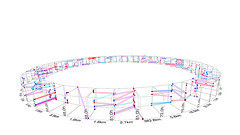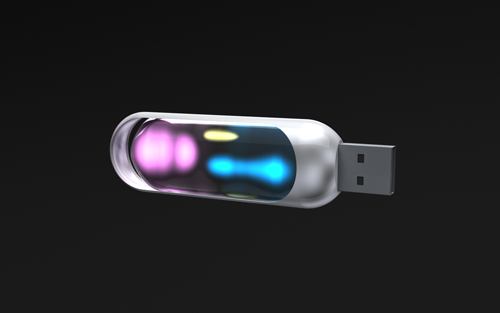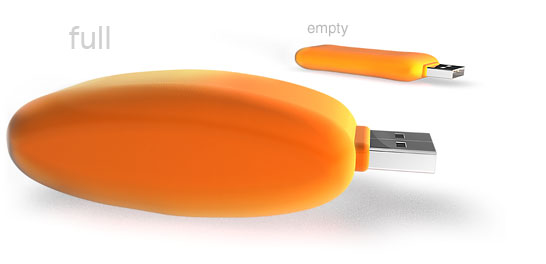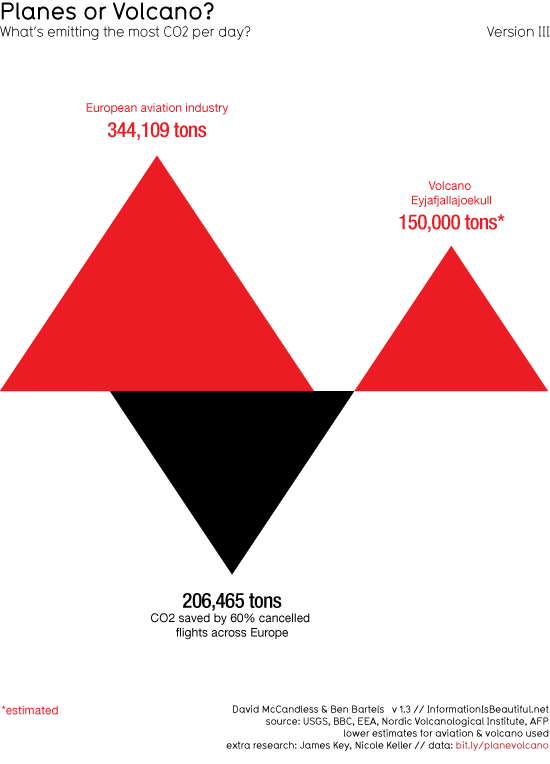Understanding human behaviour is vital for good product design. But you can’t just ask people what they need, you have to observe them first-hand. iPods, eBay and TiVo exist because designers watched people, noticed a problem with current products, and designed a solution for a problem people didn’t even know they had.
At OXO Foods in the UK, researchers studied how people measure liquids while cooking, and noticed that most people need to bend down repeatedly to read the markings on the side of the container. None of them reported this as a problem when interviewed. So OXO designed a measuring jug(cup) which could be viewed from above (shown right). This is an example of the growing science of design ethnography – product design based on direct human observation.
How to measure human behaviour “in the wild”?
Observational studies are expensive to conduct, and sometimes distorted because you can’t always observe someone in their natural environment. Fortunately, computers now make it much easier to collect data from “real world” activities. Such data is invaluable – for product designers to better understand their users, and also for us to help us cultivate a deeper understanding of ourselves. Read more »








 @
@
 Tags:
Tags: 








 Like all images on the site, the topic icons are based on images used under Creative Commons or in the public domain. Originals can be found from the following links. Thanks to
Like all images on the site, the topic icons are based on images used under Creative Commons or in the public domain. Originals can be found from the following links. Thanks to